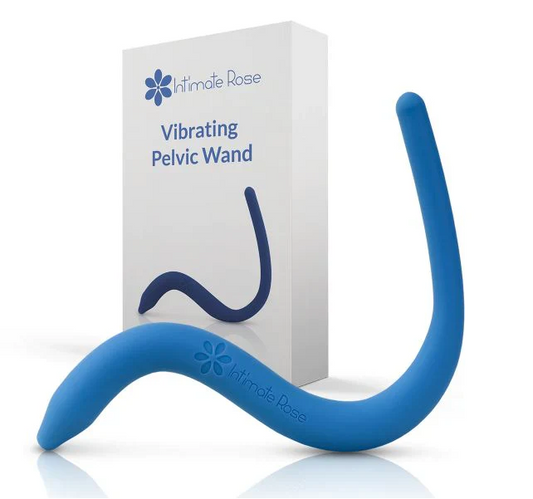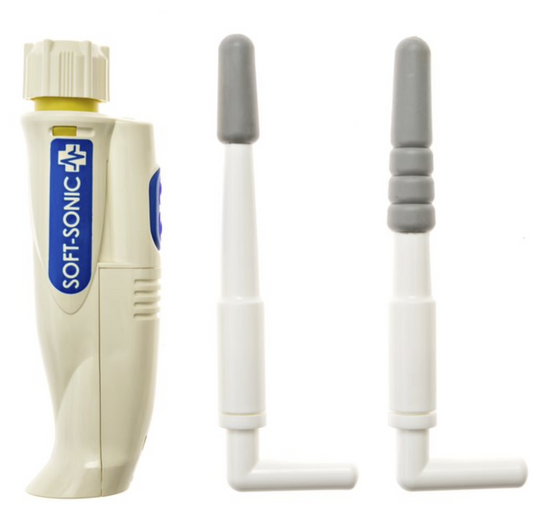Pelvic Floor Muscle Exercises for Men: Strengthen Your Core for Better Health
The pelvic floor muscles are a hidden powerhouse of male health. They are vital for controlling the bladder, supporting the bowel, and maintaining sexual function. Yet, many men are unaware of their importance until they face issues like incontinence, erectile dysfunction, or chronic pelvic pain. This guide provides a detailed exploration of pelvic floor exercises for men, including their benefits, how to perform them, and strategies to maintain optimal pelvic health.
What Are Pelvic Floor Exercises for Men?
Pelvic floor exercises, also known as Kegel exercises, involve contracting and relaxing the pelvic floor muscles. Originally developed to help women with postpartum recovery, these exercises are equally beneficial for men, targeting muscle groups that support bladder and bowel control and enhance sexual function.
Common Symptoms of a Weak Pelvic Floor in Men
- Frequent urges to urinate or difficulty holding urine.
- Dribbling after urination.
- Pain or discomfort in the pelvic region.
- Erectile dysfunction or reduced sexual sensation.
- Fecal incontinence or difficulty with bowel movements.
How Pelvic Floor Health Changes Over Time
The strength and function of the pelvic floor can decline with age due to factors such as:
- Natural Aging: Reduced muscle tone and elasticity.
- Prostate Issues: Enlargement of the prostate can place additional strain on the pelvic floor.
- Sedentary Lifestyle: Prolonged sitting weakens core and pelvic muscles.
- Chronic Illnesses: Conditions like diabetes or obesity can impair nerve function and blood flow to the pelvic area.
Pelvic Floor Exercises for Athletes
Athletes often overlook the role of the pelvic floor in performance. However, this muscle group contributes to core stability, which is essential for sports involving running, jumping, or lifting. Athletes can incorporate pelvic floor training into their fitness routines to:
- Prevent injuries related to core instability.
- Enhance endurance and explosive movements.
- Reduce the risk of incontinence during high-impact activities.
The Role of Pelvic Floor Exercises in Sexual Performance
Strong pelvic floor muscles improve sexual performance in several ways:
- Erection Control: These muscles play a direct role in maintaining erections by enhancing blood flow and penile rigidity.
- Improved Ejaculation Control: Strengthening the pelvic floor can help men with premature ejaculation.
- Increased Confidence: The psychological benefits of better physical control lead to improved sexual confidence and satisfaction.
Adapting Pelvic Floor Exercises for Specific Needs
Here’s how pelvic floor exercises can be tailored:
- For Incontinence: Focus on slow and steady contractions to build endurance.
- For Erectile Dysfunction: Combine quick contractions with slow holds to strengthen the muscles.
- For Chronic Pelvic Pain: Use relaxation-focused techniques like diaphragmatic breathing paired with pelvic floor contractions.
The Connection Between Posture and Pelvic Floor Health
Poor posture can negatively impact the pelvic floor by increasing pressure on the muscles. Improving posture involves:
- Practicing good posture while sitting, standing, and walking.
- Using ergonomic furniture to reduce strain during long periods of sitting.
- Performing posture-correcting exercises like planks or back extensions.
Exploring Technology for Pelvic Floor Training
Modern tools and devices make pelvic floor training more accessible and effective:
- Biofeedback Devices: Monitor pelvic floor activity and provide real-time feedback.
- Pelvic Floor Apps: Apps like Squeezy Men or Kegel Trainer offer reminders and guided programs.
- Electrical Stimulation Devices: Stimulate pelvic floor muscles to contract and relax, aiding those with severe muscle weakness.
Conclusion
Pelvic floor muscle exercises are a cornerstone of male health, offering benefits that extend far beyond symptom relief. Whether you’re starting as a preventive measure or seeking to address specific symptoms, these exercises improve both physical and mental well-being. Take the first step today—your pelvic health journey is an investment in your overall quality of life.
For more guidance, visit Memorial Sloan Kettering Cancer Center or consult a pelvic health physiotherapist for personalized support.
Top picks
-
Kegel Pelvic Floor Muscle Trainer for Men
Regular price $99.00 USDRegular priceUnit price / per$149.00 USDSale price $99.00 USDSale -
Pelvic Floor Wand & Massage Therapy Tool for Men
Regular price $49.95 USDRegular priceUnit price / per$59.95 USDSale price $49.95 USDSale -
Prostate and Pelvic Floor Support Cushion – Large Black Seat for Pain Relief
Regular price $49.95 USDRegular priceUnit price / per$75.50 USDSale price $49.95 USDSale -
Sonic Prostate Massager from Prostate Health Center | Ultimate Prostate Wellness Tool | Top-Rated Home Prostate Massage Device
Regular price $59.95 USDRegular priceUnit price / per$79.99 USDSale price $59.95 USDSale



